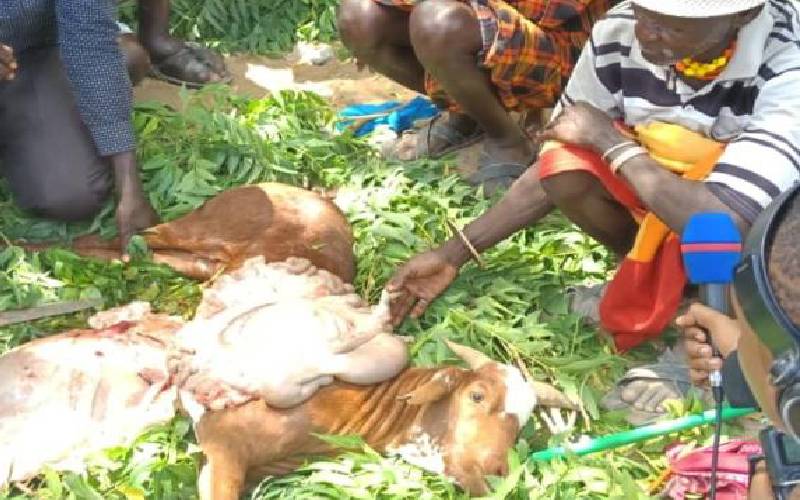×
The Standard e-Paper
Home To Bold Columnists

Two ceremonies were carried out in a span of 48 hours, perhaps indicating the desperation in seeking answers. [Photo, Standard]
It is mid-morning in the ‘Cradle of Mankind’ and a resident gently pulls a goat to a waiting gathering of men – the council of elders.